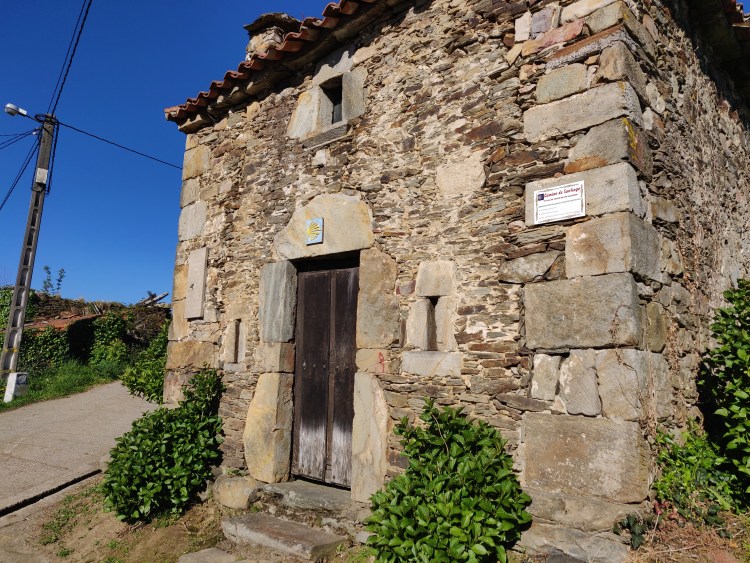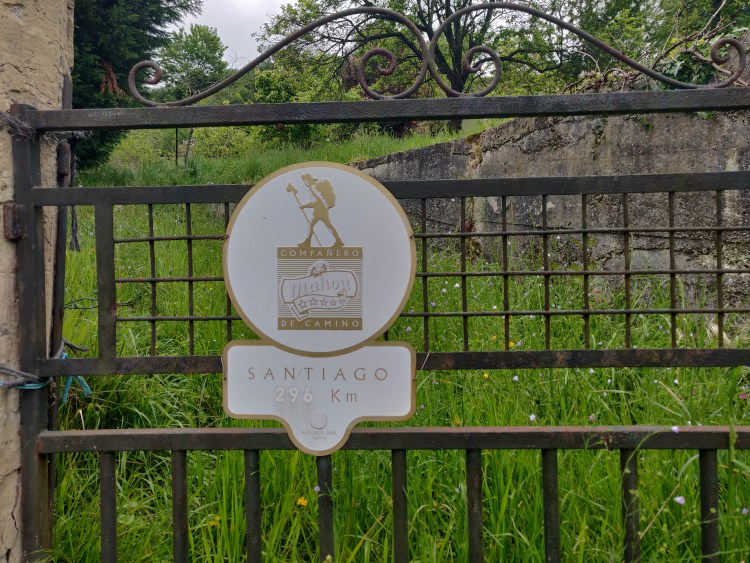What is the Camino

The Camino Frances is a 790 km pilgrimage route from St. Jean Pied de Port (a small town in the French Basque Country) to Santiago de Compostela. It’s the most popular route of the Camino de Santiago network and is walked by hundreds of thousands of pilgrims every year.
The Camino starts in France, crossing the Pyrenees mountain range into Spain. It crosses four autonomous Spanish communities and seven provinces: Navarra, La Rioja, Castilla y León (Burgos, Palencia, León), and Galicia (Lugo, La Coruña). There are 141 towns providing a serviced town (at least one bar or grocery store) every 6 km.
Accommodation is facilitated by 270 hostels for pilgrims, of which 102 are publicly owned (by an administration, religious community or association) and 170 are privately owned. There are also plenty of pensions, rural houses, hostels and hotels. In warm weather there’s the possibility to sleep outside under the stars.
This infrastructure of shops and beds, make it ideal as a long distance running route, where the towns can serve as aid stations for food, water and sleep.
The longest distances without services are:
- from Carrión de los Condes to Calzadilla de la Cueza (17 km);
- from the Orisson refuge to Roncesvalles (17 km),
- from Villamayor de Monjardín to Los Arcos (13 km); and
- from Villafranca Montes de Oca to San Juan de Ortega (12 km).
Most pilgrims walk the Camino in 33 days, called stages, which averages about 24 km / day. This allows time to explore the local culture and build friendships along the way. It is always nice to see a familiar face for a communal meal at the end of the day, even if you spend the day on your own.
Why I Want to Run The Camino

I walked the Camino Frances eleven years ago and had a great experience culturally and spiritually. By travelling light in an unstructured manner, one gets a great sense of freedom. I had always wanted to go back and do it again, but this time I wanted to incorporate my enjoyment of running into it.
The last time I walked the Camino, I followed the John Brierley guidebook. A guidebook is not essential but useful for a greater appreciation of the culture and history and serving as a stage planner which brings together other pilgrims following the same guidebook. Following the recommended stages allows you to get to know other pilgrims finishing the same stages each day.
My plan is to do the daily stages just as I had walked them, but running them instead. Not necessarily running each stage continuously, but punctuating it with stops for breakfast, lunch, photo opportunities and visits to local attractions. So it won’t be a case of running, say 24 km to the next destination, but more like: running five kilometres, then having breakfast; running another five, then visiting a cultural monument; and then maybe after another ten km having lunch. In other words, I’ll stop when I feel like it. The only real rule is that when I’m moving, I’m running.
It’s not a race, but a way to embrace the spirit of the Camino while also incorporating my love of running.
Running The Camino

The Camino could be considered like a self-supported multi-stage ultra event, running about a half marathon every day. “Self-supported” means availing of any support that is equally available to everyone, such as an albergue or a shop for food, but while still carrying everything that you need.
This is similar to a self-supported FKT (Fastest Known Time) event, except it’s not about being the fastest, but rather about doing it as enjoyable, easy running that is slow enough to allow for reflection.









































